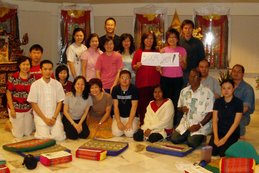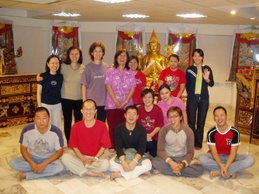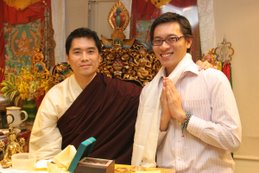Brief History of Buddhism in Tibet and the Effect of the Chinese Cultural Revolution 7th century
Tibet was previously filled with fragmented, tribal, war‑loving people. When Tsong Tsen Gampo was chose to became the ruler of Tibet, he imported the philosophical of Buddhism, which had been flourishing in India for centuries. Later his successor, Trisung Detsen, made it the official religion of Tibet.
The once‑violent nation of Tibet had became fully transformed by this new appreciation for depth and true worth of human life. It was an evolution, Tibet then became one of the finest civilizations the world has ever seen. It became a nation where the people is filled with patience, tolerance, generosity, love for learning, and loving‑kindness. Many Monasteries and learning centers sprang up across the Tibet and the Buddhist values of compassion and wisdom infused the people of there.
Unfortunately, this unique and beautiful civilization was destroyed in year 1959 during the invasion of the Chinese. The Chinese Cultural Revolution took more than 1.2 million Tibetans lives between 1959 and 1972. Approximately 6000 centers of Tibetan culture and Religion were destroyed. As a result, Tibetans continue until today to seek refuge across the globe.
The Tibetan government exiled in Dharamsala located in India and was headed by His Holiness the Dalai Lama, they struggles constantly to achieve independence for the people of Tibet. Maintaining their commitment to non‑violence, unfortunately the Tibetan government has not successfully negotiate with the Chinese who will not meet with His Holiness regarding the freedom of it's people.
Tibet also had no formal recognition from any government in the world. Their hosts, the Indian government, is cautious about the reaction of their Chinese neighbors, and prefer to dampen the effect of any political action taken by the exiled community.
In order to support the exile government's efforts at the preservation of the cultural legacy of Tibet and its people, the last few surviving members of Tibet's former centers of learning have re‑established in India. Focusing upon the survival of their culture and people who face extermination, these monasteries and institutions are the only hope for assuring the continuation of these rare and valuable teachings on the way of existence. One of the first such voluntary centers in India is the Gaden Shartse Monastic College.









No comments:
Post a Comment